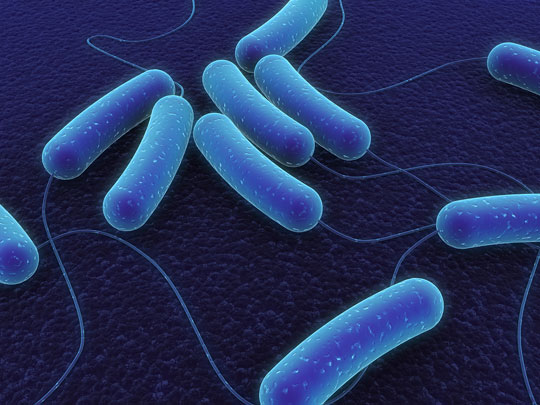Scientists from Canada's Laval University and Danisco (Denmark) have collaborated to decipher the bacterial immune system secretly.

Illustration. (Internet source)
Scientists discovered when selecting a particular exogenous DNA fragment to introduce a specific area of the bacterial genome. Exogenous DNA fragments can become an immune factor, counteracting the entry of DNA cleavage. This technology is called CRISPR / Cas .
Scientists have demonstrated this mechanism by taking advantage of plasmids (plasmids are cyclic DNA molecules capable of conducting exchange with bacteria).
In the experiment, the scientists introduced plasmids containing antibiotic resistance genes into streptococcus thermophilus streptococcus bacteria. In it, some streptococcus bacteria will gather and put DNA fragments containing antibiotic resistance genes into the entire antibiotic resistance genome.
The study found that these streptococcus bacteria appear to be unable to re-receive plasmids. This suggests that the streptococcus bacteria have acquired immunity to antibiotic resistance genes. This phenomenon helps explain why some bacteria may be resistant, while others do not have this characteristic.
This finding has important implications for solving the problem of antibiotic resistance of some bacteria. At the same time, the above findings are very helpful in the food industry, producing antibiotics and biotechnology.
 Why do potatoes have eyes?
Why do potatoes have eyes? 'Tragedy' the world's largest carnivorous life: Death becomes ... public toilet
'Tragedy' the world's largest carnivorous life: Death becomes ... public toilet Tomatoes were once considered 'poisonous' for 200 years
Tomatoes were once considered 'poisonous' for 200 years Detecting microscopic parasites on human face
Detecting microscopic parasites on human face